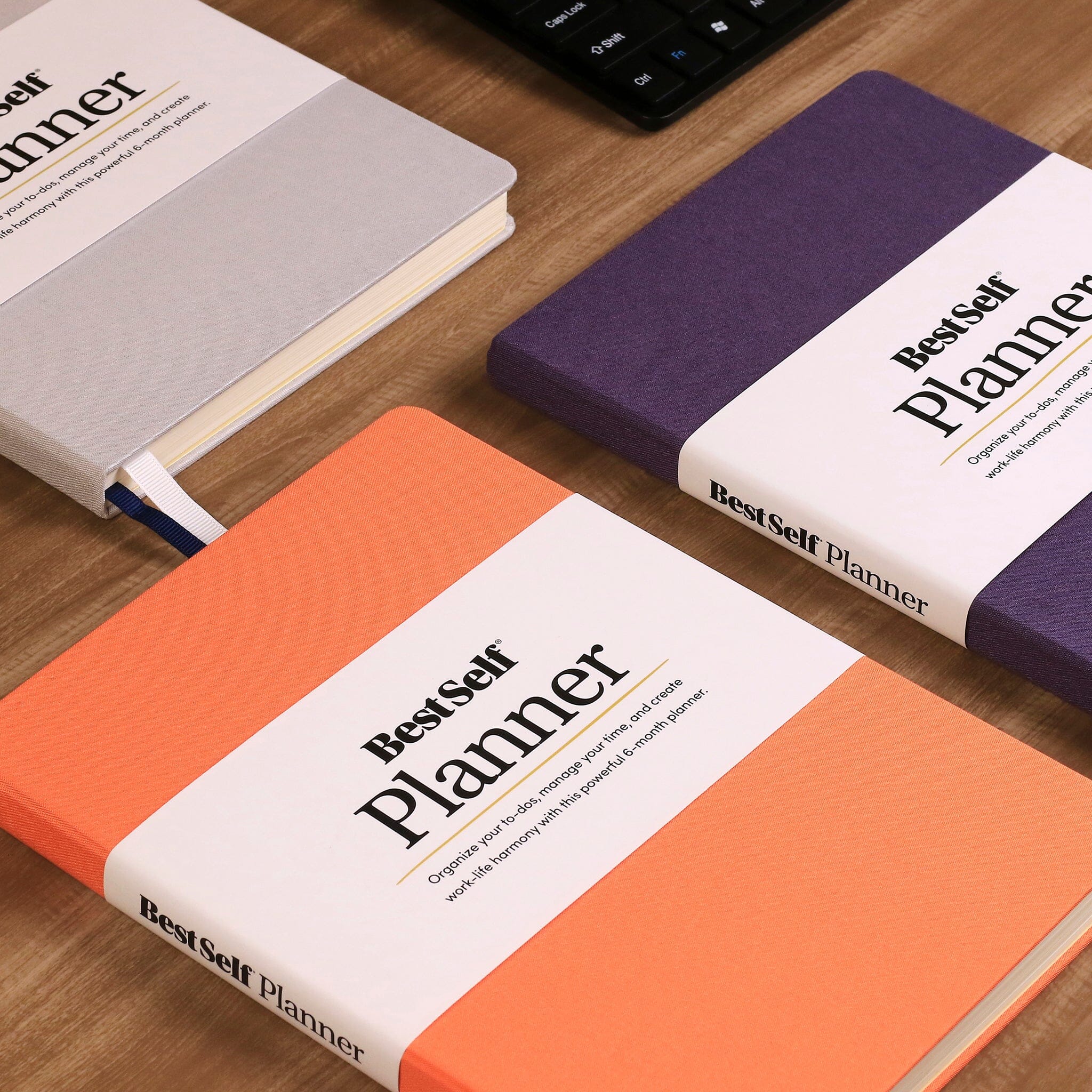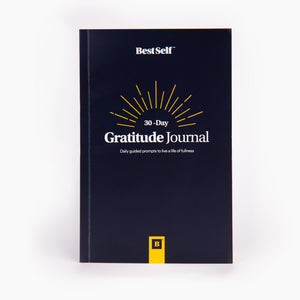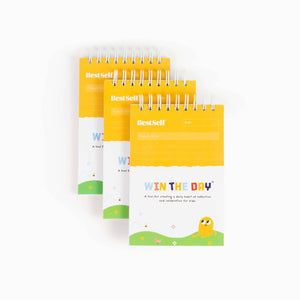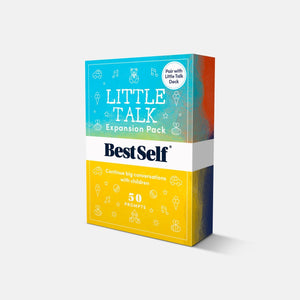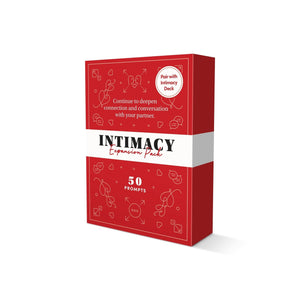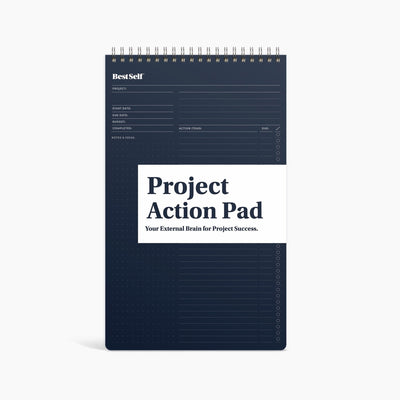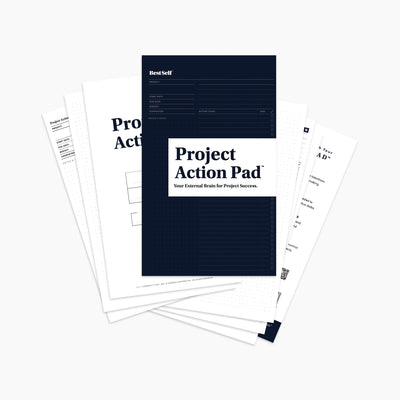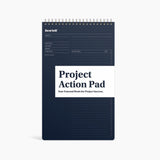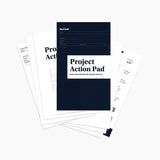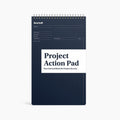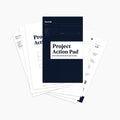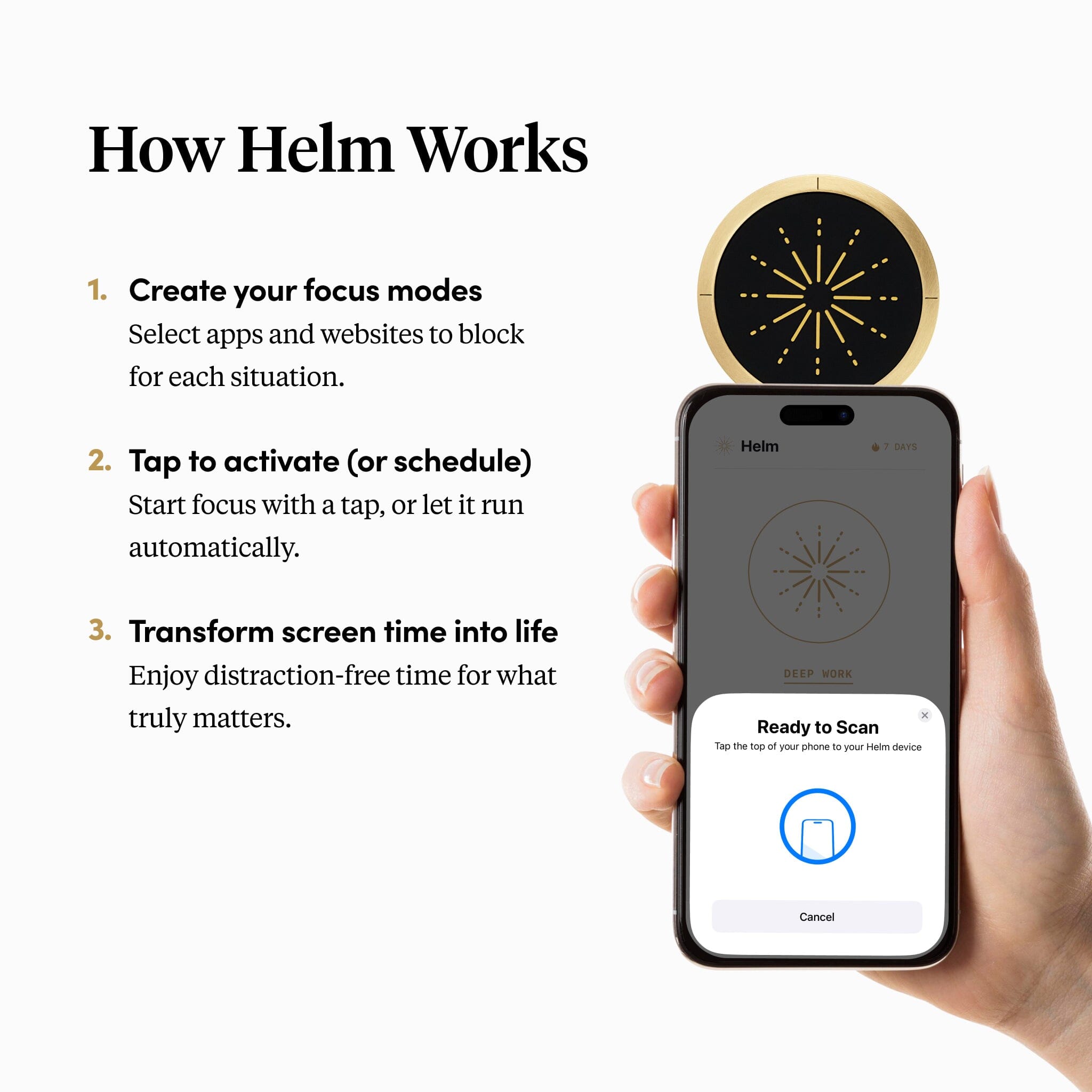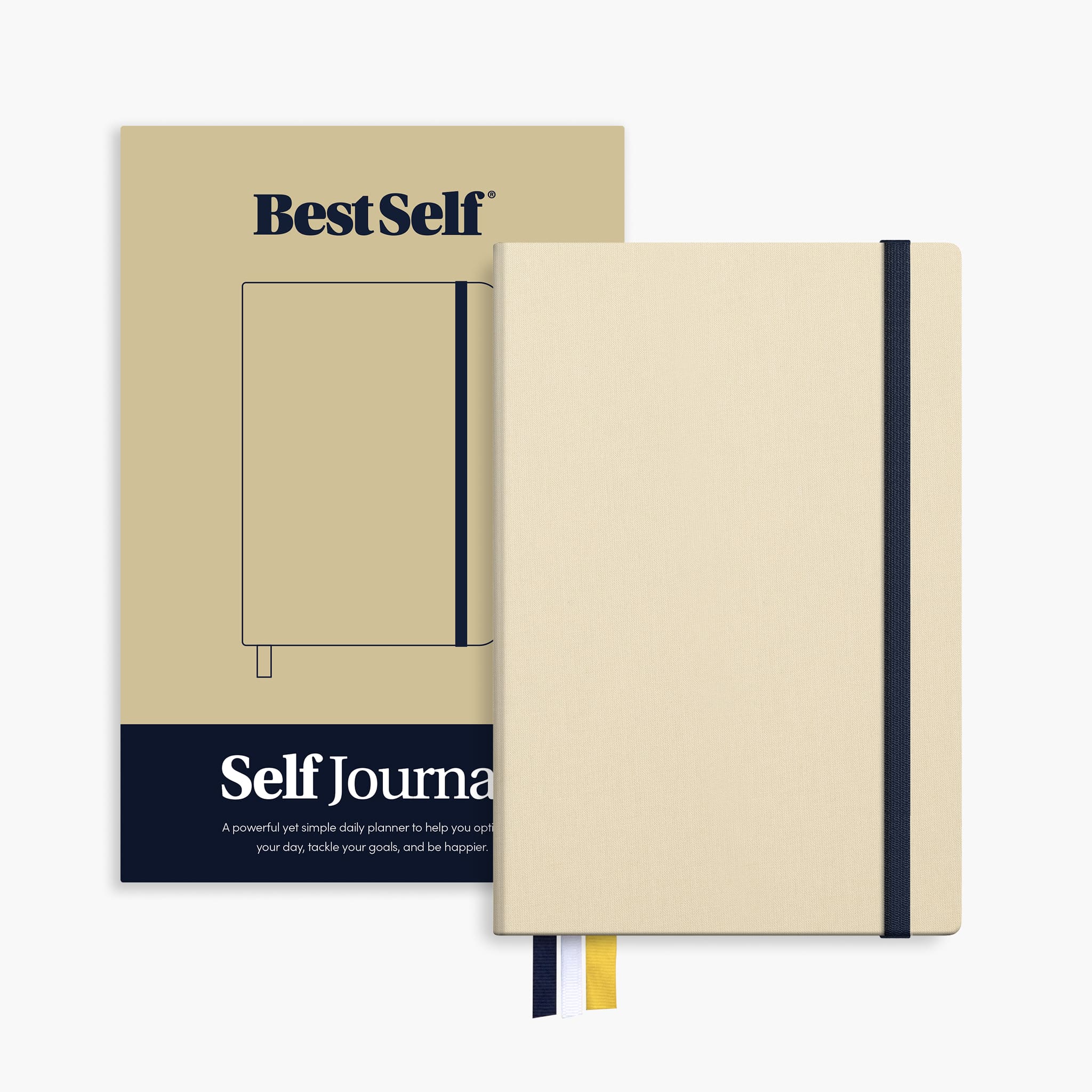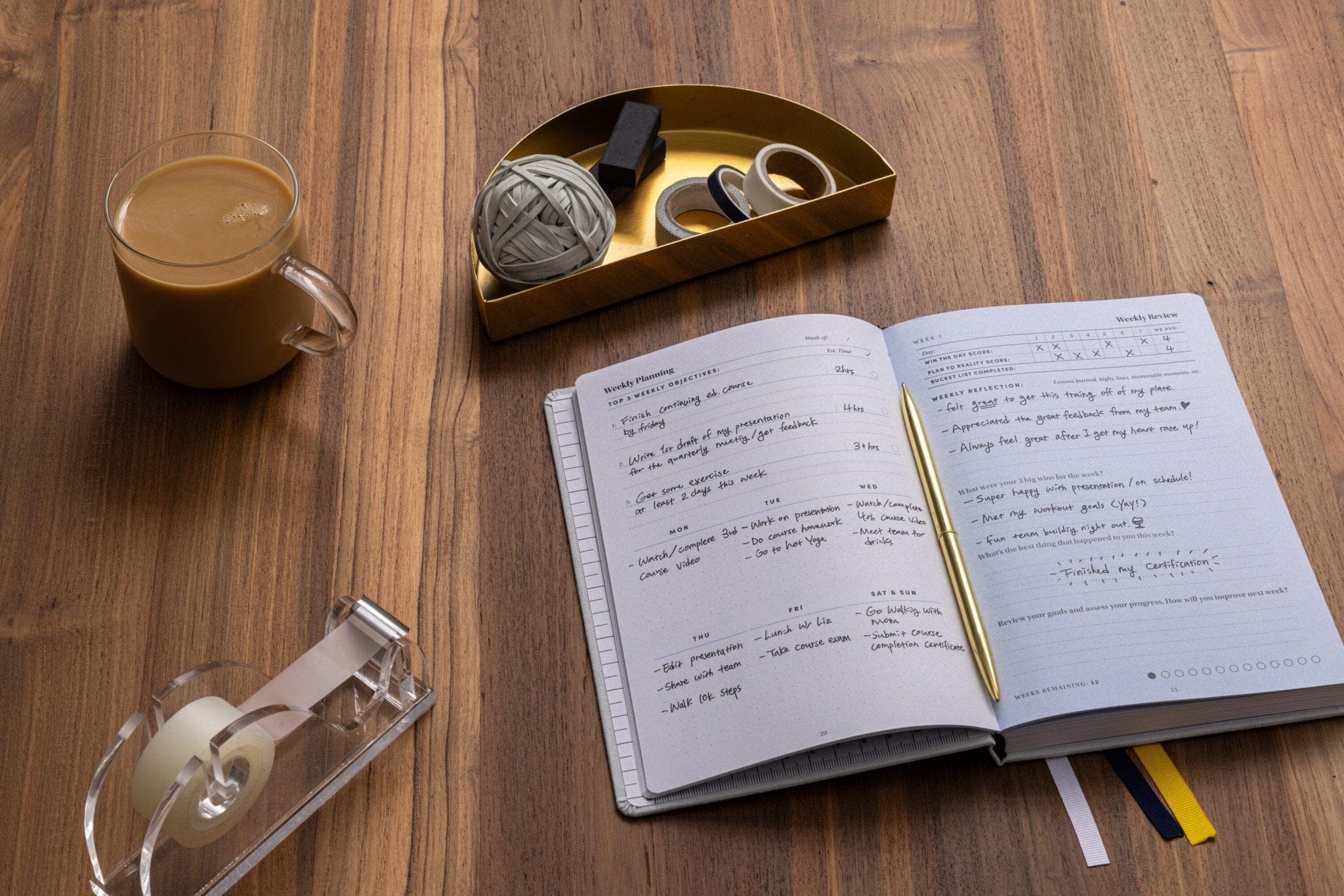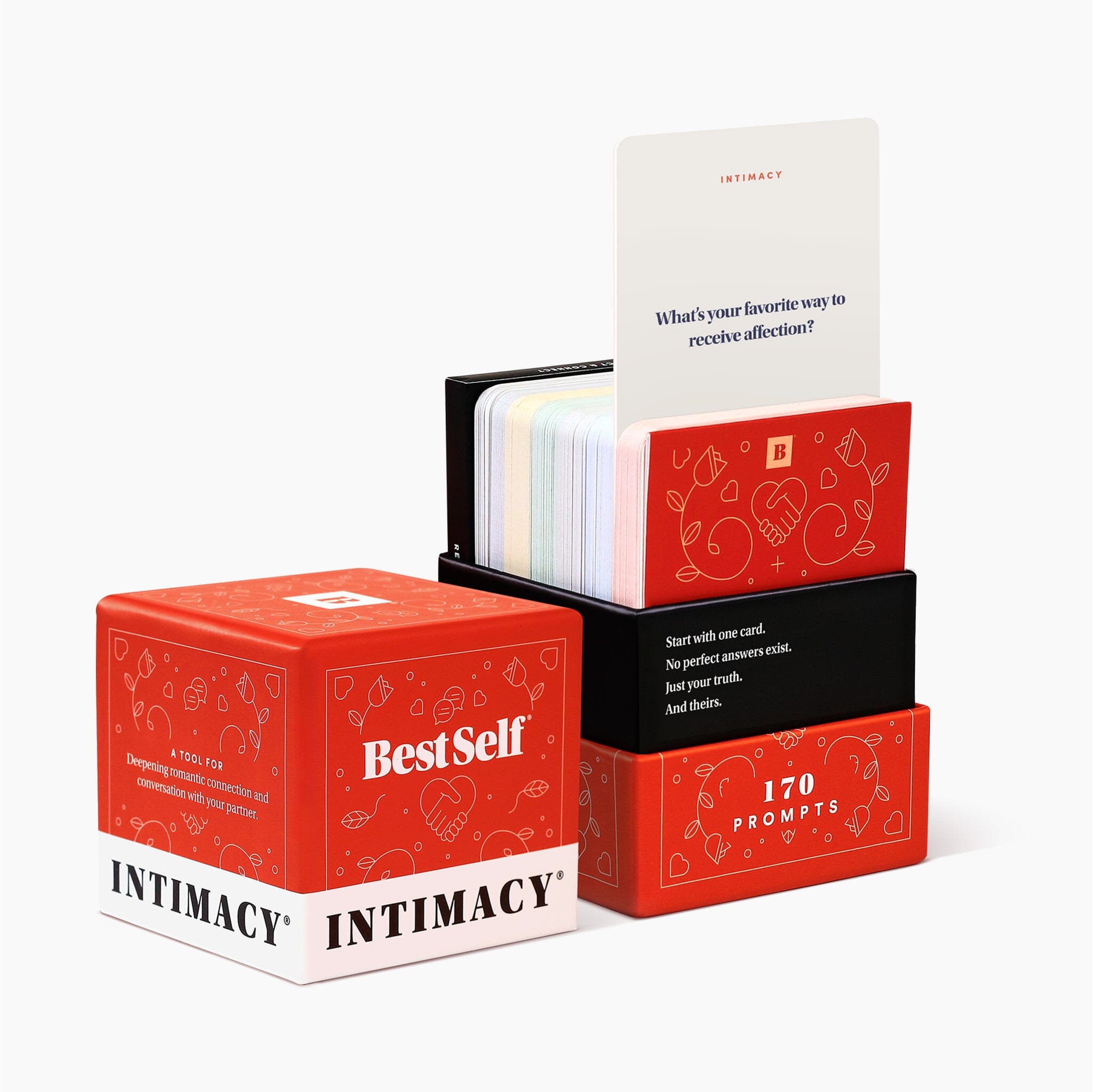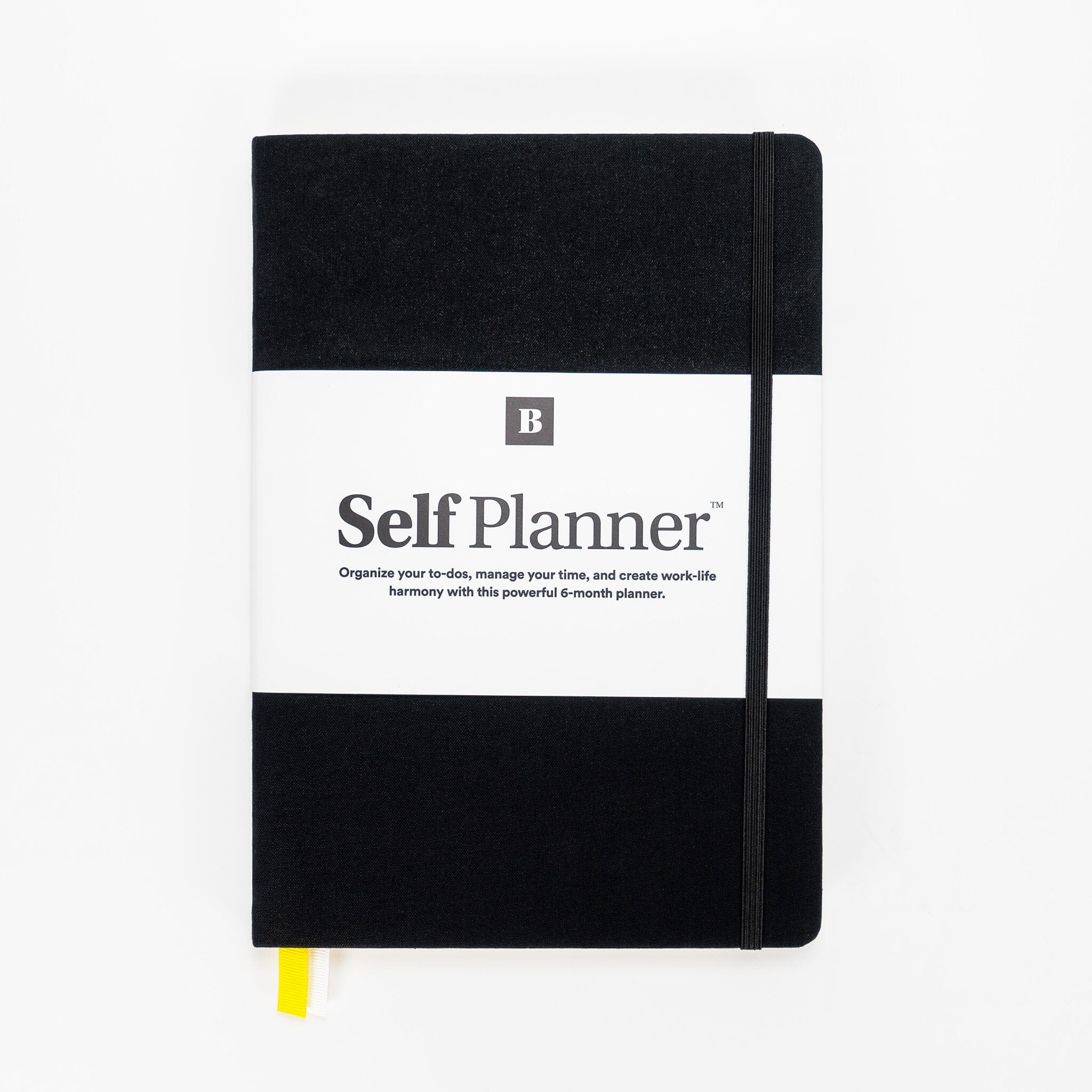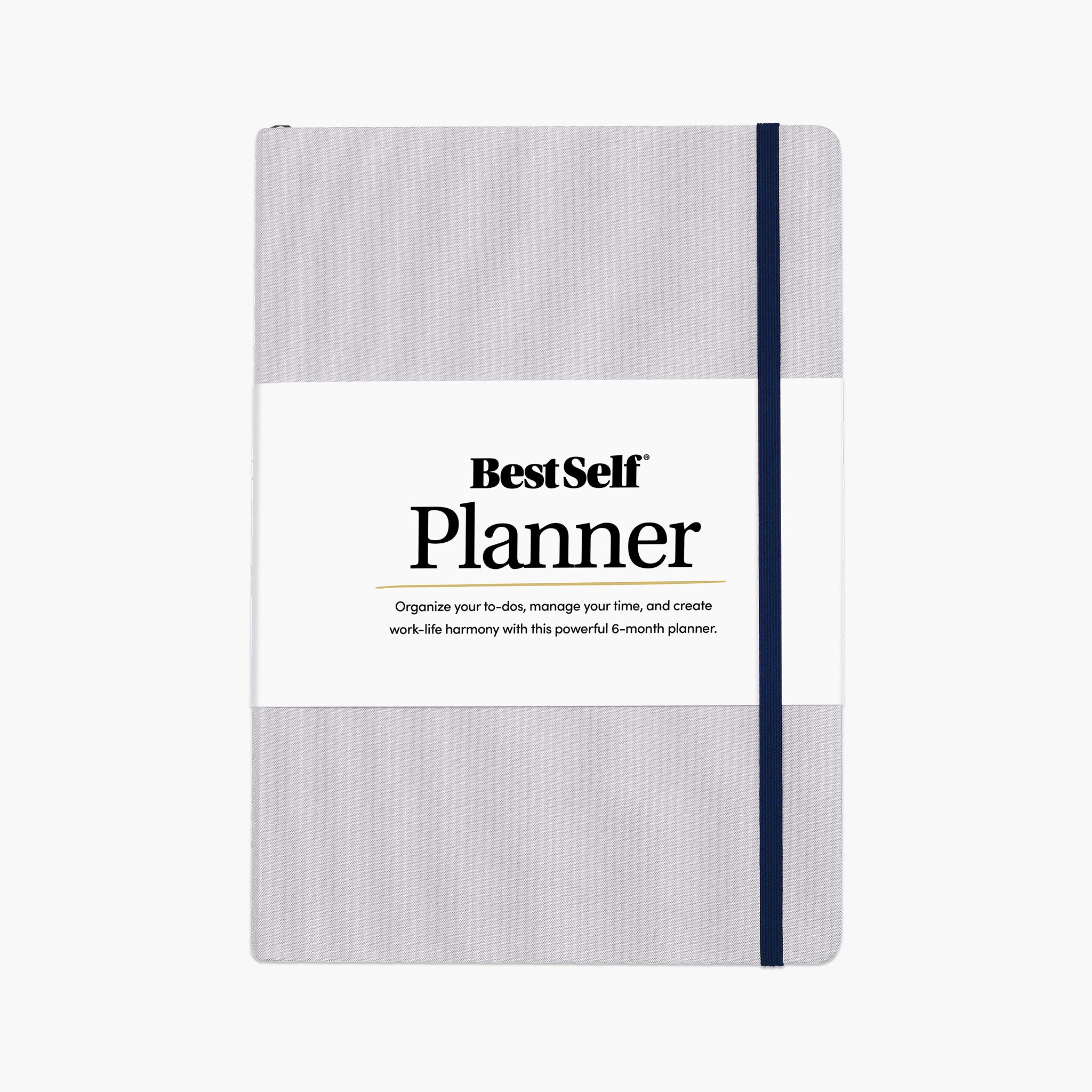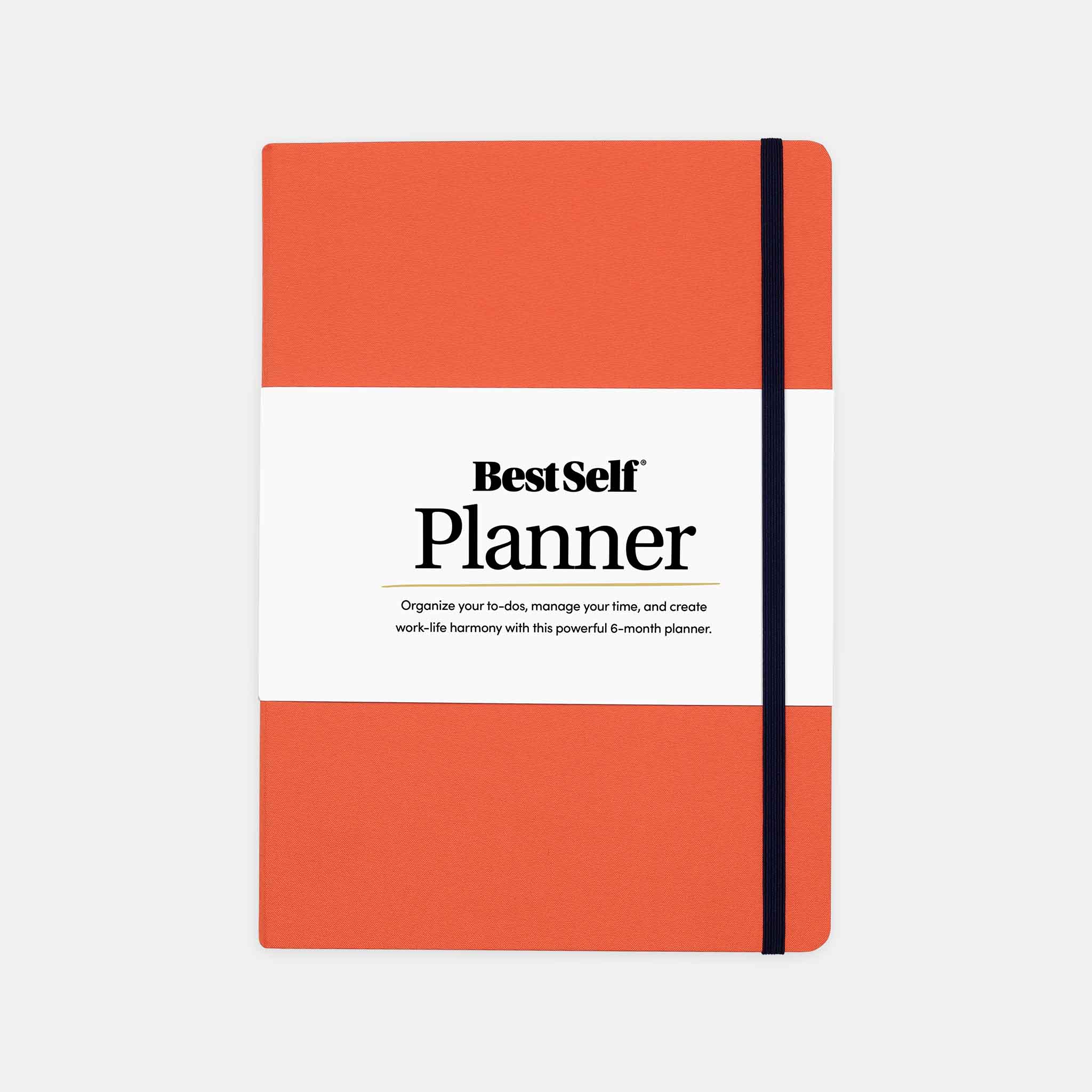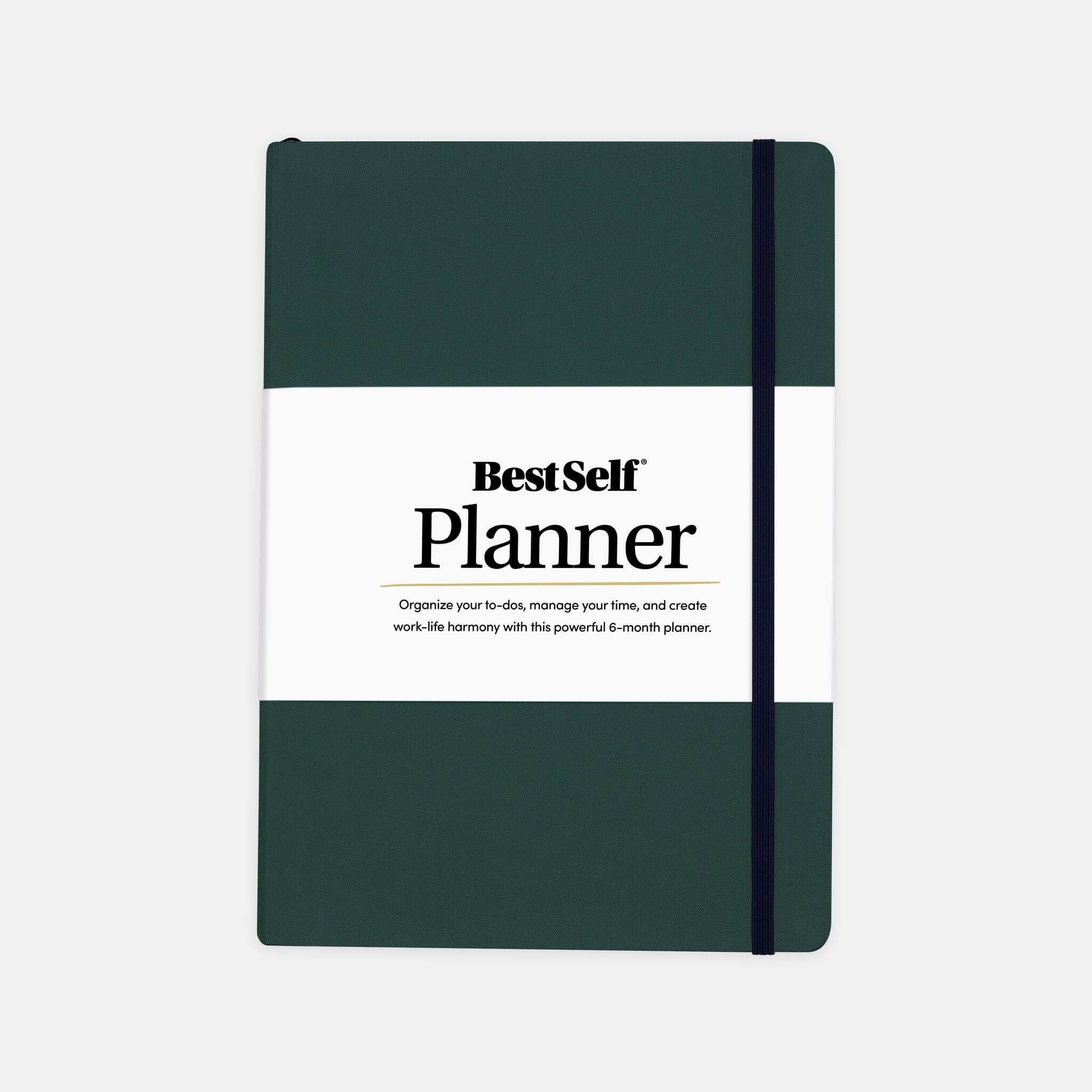A goal setting formula to finally succeed!
Goal Setting Components
Goal Setting Exercise 1: Define Your Result Goal
Nuts and bolts here, what are your goals? Which ones really matter to you and your life. Here we will sort these out!
Directions:
- For 5 minutes write a list of all the goals you want to achieve.
- Rate your goals on a scale of 1-4 for Importance and Difficulty.
- For the first number, rate its importance. 1=Most Important to 4=Least Important
- For the second number, rate its difficulty. 1=Most Difficult to 4=Least Difficult
Write down this item into your journal or notebook as the Result Goal.
Goal Setting Exercise 2: Define Your End Result Statement
Use this to create an End Result Statement. A good way to approach this session is to imagine how your goal will result in your fulfillment in any of the following categories:
Your Certainty, Variety, Significance, Connection, Growth, or Contribution
Directions:
- For 5 minutes write a list of all the reason your goal is important to you. Leave space to the left of your goals for two numbers.
- Now assess your list for inspiration. 1=Most Inspirational to 4=Least Inspirational.
- For the second number assess for longevity. 1=Long Standing to 4=Recent.
Write down your End Result into the line below the Result Goal.
- Reality Based
- Socially Constructive
- Immediate or Controllable
- Superstitious or Assumptive
- Socially Destructive
- Not Immediate nor Controllable
Goal Setting Exercise 3: Define Your Progress Goals
A good way you can think about these is like tests or more traditional milestones. If you are building a business or working on a project, milestones work well. If you are doing something more academic or skill building then measuring yourself with a test is your best bet!
Directions:
- For 5 minutes write a list of all the things you could measure to prove your Result Goal
- For the first number, signifying its Accuracy. 1=Most Accurate to 4=Least Accurate
- For the second number, signifying its Viability. 1=Most Viable to 4=Least Viable
You are looking for the three Most Accurate and Most Viable goals to be the Progress Goals of your Main Goal.
In order to accomplish your goal, you want only want to use the Most Accurate and Most Viable options. Sometimes this will mean you need to do more research or purchase other means of measuring your goal. In a worst case scenario settle for Progress Goals in this order:
Most Accurate and Most Viable
Least Accurate and Most Viable
Most Accurate and Least Viable
Least Accurate and Least Viable
Write down your three highest ranked Progress Goals under your End Goal.
Goal Setting Exercise 4: Actions + Tasks
This is usually the most challenging part of a Goal to fill out, so don’t be surprised or frustrated if you spend multiple cycles here, or if it takes way longer than you expect.Approach 1
If this is a business or project goal, milestones again will break down relatively easy here. Project planning for these kinds of things tends to provide clear goals. Look at your project requirements or design documents and work back from there!
Always try to focus on the biggest return tasks for your daily actions. Yes, there are always going to be infinite side tasks that come up, but what are the 3 things you can do no matter what that will always keep you moving towards your goal?
Approach 2
If you are doing anything else another approach to the Actions + Tasks is to treat this section as habit building. New habits you need to build or bad habits you need to alter to support your Result Goal. Habits break down into three steps which work well for the three lines of the Actions + Tasks. This is the cycle.
Cue #1> Routine #2> Reward #3>
Assessing this cycle is going to follow this order, and really for each Habit, you assess you should do whichever of the three makes sense for you when in doubt start with Routine, then Cue, then Reward.
The Routine is going to be the consistent action you take to achieve your corresponding Progress Goal. If you have a set of activities, I highly recommend you group them into one overall categorization which you can perform daily, weekly, etc.
Ex. A type of workout is many exercises grouped. If I were to put down a workout as my Routine, I would not write each exercise I was going to do on the line. Instead, I would say, I’m “working arms today”. This is the idea.
The Cue is what triggers your routine. If you are starting a new habit, you are going to want to habit stack your for your Cue. The kind of Cue you are looking for is one that is similar or easily connected to the Routine. In short, if you surround your new routine with things you already do consistently, the familiarity will up the chances of the new habit sticking.
If you are trying to change an existing bad habit. You need to target switching out the routine, rather than trying to change the Cue or deprive yourself of the Reward your current Bad Habit provides. This may take some extra introspection to recognize what triggers your bad habit routine and what you are really getting from it.
The Reward is the payoff for your habit. This doesn’t mean materialistic, or that you have to buy something, or eat something sweet. My best advice is to consider rewards that active EDSO (Endorphins, Dopamine, Serotonin, and Oxytocin).
ROUTINE
- For 5 minutes write a list of all the things that could be part of your routine to complete your goals. Leave space to the left of your goals for two numbers.
- For the first number, signifying the level of Achievement it provides towards you achieving your goal. 1=Most Achieved to 4=Least Achieved.
- For the second number, signifying its ability or ease to be Repeated on a daily basis. 1=Most Repeatable to 4=Least Repeatable.
CUE
- For 5 minutes write a list of all the things you could do to Cue yourself to take action on your goals. Leave space to the left of your goals for two numbers.
- For the first number, signifying its Static-ness in your day-to-day. 1=Most Static to 4=Least Static.
- For the second number, signifying its ability to Compel you to act. 1=Most Compelling to 4=Least Compelling.
REWARD
- For 5 minutes write a list of all the things that you could reward yourself with. These things don’t need to be big, just small things are fine unique to the routine is fine. Leave space to the left of your goals for two numbers.
- For the first number, signifying its Engagement. 1=Most Engaging to 4=Least Engaging.
- For the second number, signifying its Uniqueness. 1=Most Unique to 4=Least Unique.
It’s important to recognize that some of the brainstorms you are doing for one goal, may be relevant to one of your other progress goals. In this way, the Routine is the only element that you are brainstorming relatively new each time. Always examine what things might unexpectedly match up once you have your lists started.
Write down your three tasks or habits that are going to support achieving each Progress Goal. This means you will have 3 Actions + Tasks for each, totaling 9 altogether.
Congratulations! Your goal is ready to start!
If that felt very difficult, don’t worry. You will get better at it as time goes by and you think about things in this context. Goal setting is an incredibly valuable productivity skill and you've taken the first steps to developing it! Keep moving forward. You've got this!





